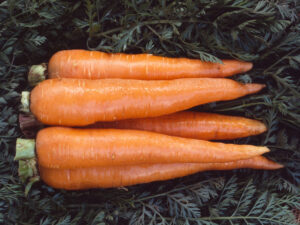
Transplanting ‘Kuroda’ carrot seedlings, particularly in South Africa (SAF), can be a challenging process due to the delicate nature of carrot roots. Normally, carrots are direct-seeded because their long taproots are sensitive to disturbance. However, if you need to transplant ‘Kuroda’ carrot seedlings, here’s an approach to consider:
Kuroda Carrot Description
- Appearance: ‘Kuroda’ carrots are known for their thick, cylindrical shape, blunt end, and strong tops.
- Color: They have a deep orange color.
- Taste: This variety is often appreciated for its sweet taste and crisp texture.
- Size: They are typically medium-sized, well-suited for heavy or rocky soil due to their robust nature.
Soil and Climate Requirements
- Soil Type: Well-drained, sandy, or loamy soil is ideal. Heavy, clay-rich soils can hinder proper root development.
- Soil pH: Aim for a pH between 6.0 and 7.0.
- Climate: ‘Kuroda’ carrots prefer a cooler climate but are quite adaptable to different conditions.
Sowing and Transplanting
- Germination: Carrot seeds generally germinate within 10-20 days.
- Seedling Age for Transplanting: Transplant when they are 3-4 weeks old to minimize root disturbance.
- Handling: Handle seedlings gently to avoid damaging the taproot.
- Spacing: Space transplants about 3-5 cm apart in rows, with rows 20-30 cm apart.
- Planting Depth: Plant seedlings at the same depth they were in their containers.
Watering and Maintenance
- Watering: Maintain consistent soil moisture, especially during early growth and root development.
- Thinning: Thin the plants to about 5-8 cm apart once they have established to reduce crowding.
Pest and Disease Management
- Common Pests: Look out for carrot rust flies, aphids, and nematodes.
- Disease Control: Ensure good soil drainage and practice crop rotation for disease prevention.
Harvesting
- Maturity: ‘Kuroda’ carrots typically take about 70-90 days to reach maturity.
- Harvesting Signs: Harvest when carrots have reached the desired size and show a deep orange color.
- Harvesting Method: Gently loosen the soil around each carrot and pull carefully.
Additional Tips
- While transplanting carrots can be done, direct sowing is generally more effective due to the sensitivity of the taproot.
- In South Africa, consider your specific regional climate and soil conditions when growing ‘Kuroda’ carrots.
Always remember that local conditions such as soil type, weather, and altitude can impact gardening practices. It’s advisable to consult local agricultural experts or experienced gardeners for tailored advice, especially when growing in specific regions like South Africa.

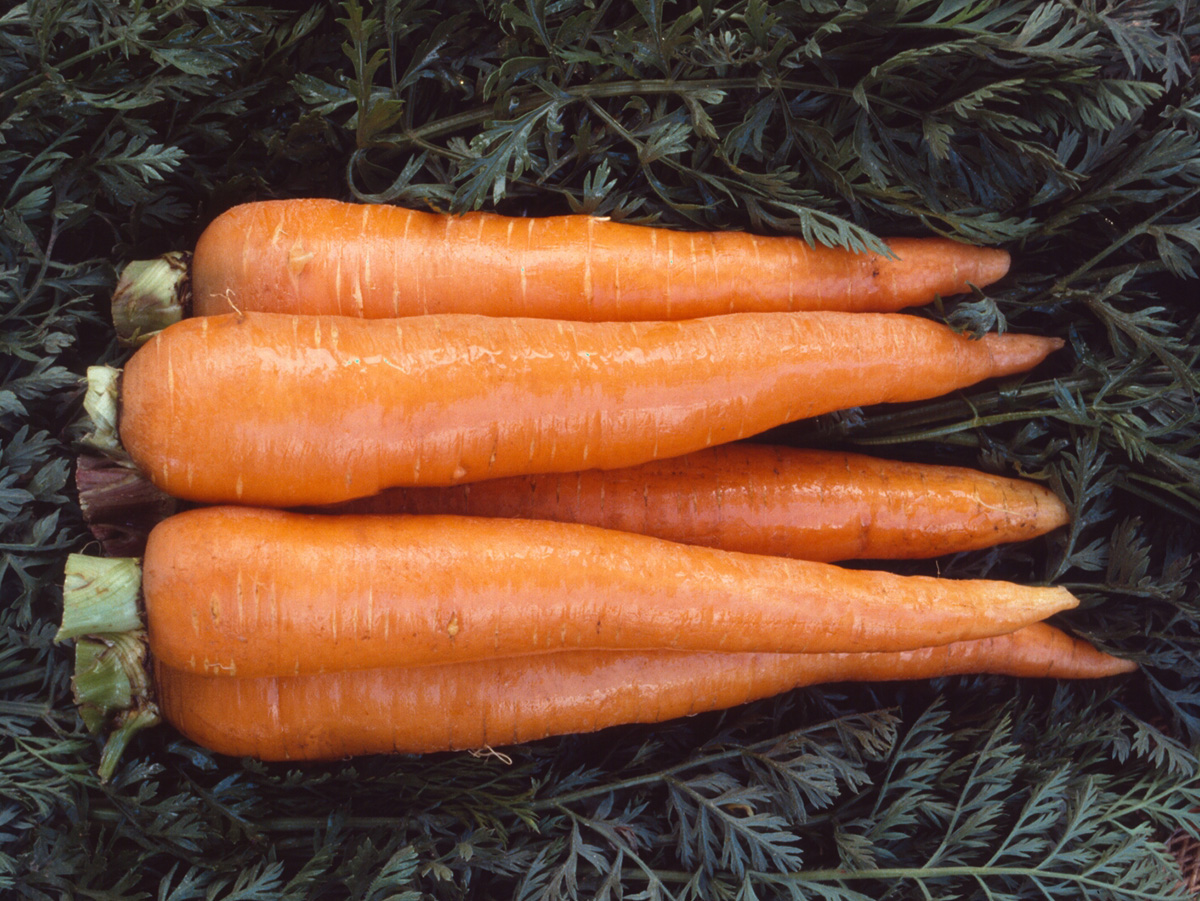
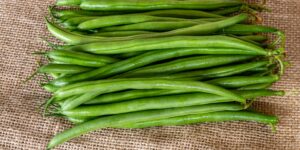
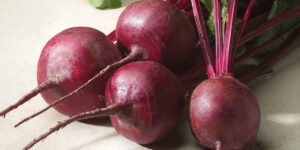
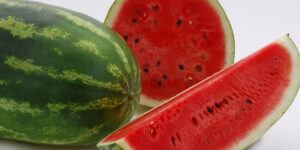
Reviews
There are no reviews yet.